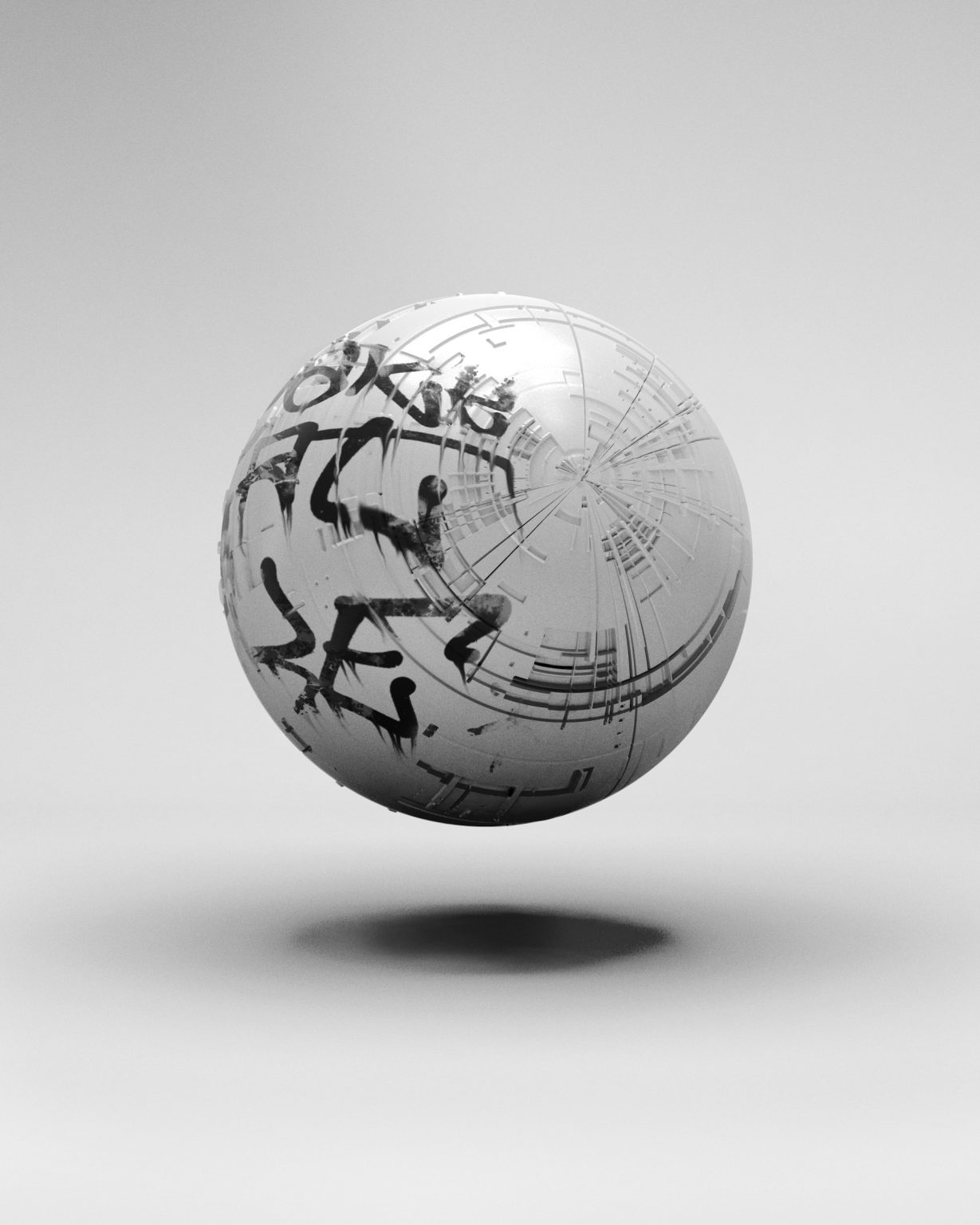Common Reasons for Wikipedia Rejection and How to Avoid Them
Understand the process of Wikipedia rejection and learn how to improve your chances for a successful article submission.

Wikipedia gives artists and arts professionals a notable opportunity to have their careers and work featured on a major platform. Because it is the most utilized and accessible form of information commons, the idea of becoming the subject of an article is very appealing, and there are numerous submissions to the site each day. However, getting an article published requires a lot of forethought, preparation, and the acknowledgement that a Wikipedia rejection is always a possibility.
This post focuses on the main reasons for rejection and suggests ways in which prospective authors can bolster their chances for successful submissions.
Not Enough Notability
Although anyone can create an article for publication on Wikipedia, not every topic is appropriate for the platform. The main reason why pages get rejected or deleted by Wikipedia is that the subject does not meet notability guidelines.
While the definition of notability is ultimately left at the discretion of Wikipedia’s seasoned editors, there are certain fundamental factors that are used to verify whether or not a subject is suitable for publication. First and foremost, an editor reviewing an article will look for significant coverage in reliable sources that are independent of the subject.
If there are not enough of these sources available or if the subject is not the sole focus of existing material (i.e., if they are mentioned as an aside or as information supplementary to a different main topic), the article stands a good chance of being rejected.
What you can do:
Before publishing a Wikipedia article, make sure you gather material from secondary sources and third-party resources that exist both online and in print. For a 500 word article, at least ten different sources would be ideal. The main topic of these sources should be the subject of the proposed Wikipedia page.
Some appropriate items might include chapters or essays in published (but not self-published) books and profile pieces in newspapers and magazines.
Not Written in a Neutral Tone
Wikipedia has come a long way in establishing itself as a reputable information platform, which means that its standards for balanced and unbiased representation of topics have become fairly stringent. One of the most problematic features of Wikipedia drafts that get rejected is a high level of editorial bias or misinformation.
One of the most common mistakes in Wikipedia articles I see as an editor is that drafts are often written from a personal perspective and contain language that is typically found in press releases or marketing materials. The use of flowery language, phrasing that betrays personal bias, and editorializing on particular topics are all big red flags for reviewing editors.
Beyond issues of bias, authors should strive to write articles that are easy to understand, which means avoiding language that is overly academic, poetic, obscure, and verbose.
What you can do:
Focus on providing a well-rounded, concise overview of the subject that is backed up by citations from published sources. Be absolutely sure that these sources have an established reputation for fact-checking, peer-review processes, and journalistic integrity.
Content in Wikipedia articles should not be presented as unambiguously factual if there are known and established contested opinions or ambivalent research on the subject in question.
Moreover, the information presented in a Wikipedia article must be balanced and accurately represent the relative weight and credibility of the viewpoints described. Revisionism and the proliferation of poorly established perspectives (i.e., presenting conspiracy theories and biased viewpoints as factual) will be rightfully scrutinized and flagged by editors.
Any form of original, unpublished research by the author themself cannot be included in a Wikipedia page, which means that anything stated as a fact, opinion, or concept must be traceable to a reliable, published source.
Wikipedia Article Creation Checklist
Whether you work with an editor or attempt to publish a Wikipedia article yourself, it is highly recommended that you prepare an outline and a comprehensive list of sources prior to drafting your article. Below is a checklist to help you get things going:
- Does my subject meet Wikipedia’s notability requirement(s)?
- Are there multiple secondary sources and publications that can be used to verify the content within the article?
- Does my article adhere to the Wikipedia Manual of Style?
If you are unsure about any of these items, you should consider consulting a professional editor or reaching out directly: Wikipedia is supported and maintained by a vibrant community of experienced members who are typically more than willing to help answer questions and address concerns.
Contact the team at Flatpage by clicking below. Book a free editorial consultation and get 10% off your first service!